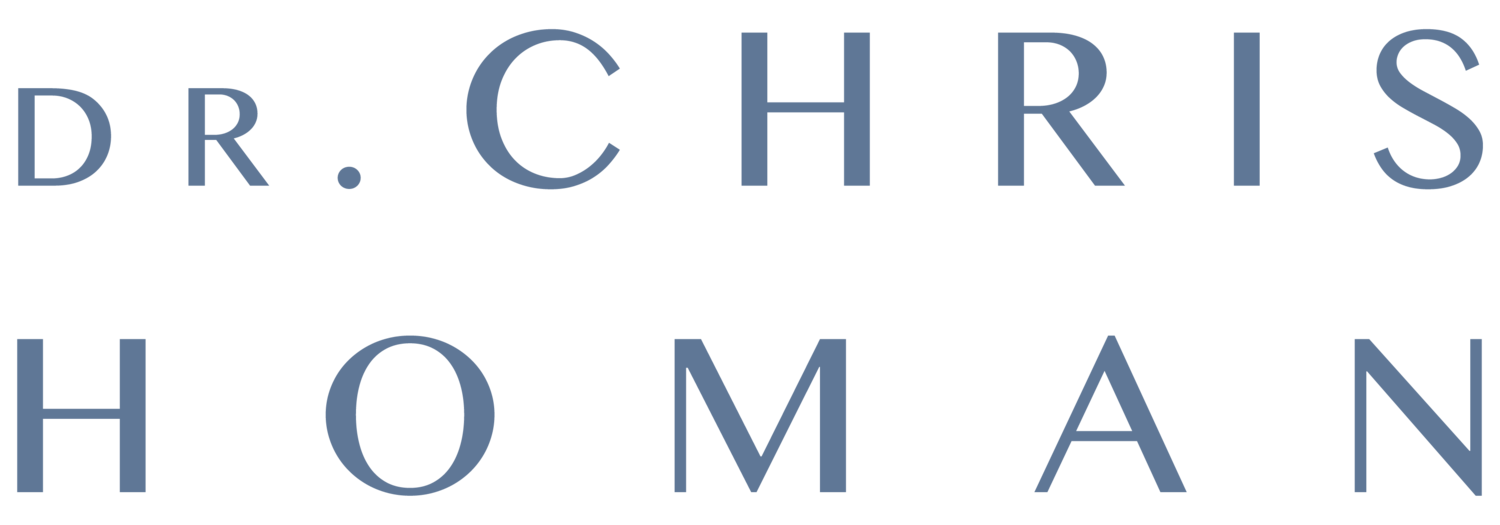There are a number of local things that a patient can do to help reduce their specific body pain. These can complement nutritional strategies and medications (see separate information sheets).
Local heat
Heat tends to relax muscles and reduce painful spasm.
It can also send a nerve signal that distracts the body from local pain.
Local massage
Deep massage of tender, ropey points in the muscle can be very helpful in reducing pain. Rolling on a tennis or spikey ball for a few minutes can be a good way to achieve this.
TENS machine
These devices deliver an electrical stimulation that can jam the pain signals as they are transmitted back via the spine. Use of a TENS machine can reduce pain signalling for several hours afterwards.
Stop stretching the sore bit!
Generally the sore muscle is already over-stretched (or its nerve supply irritated). Whilst it can feel good in the moment to stretch the sore muscle, stretching it further tends to worsen the underlying problem. This ensures that it is actually more likely to hurt later that day, the next week and the next month!
Stretch the opposite muscle
Generally it is shortened opposite muscles that cause the painful overload in the sore muscles. Gently stretching these shortened opposite muscles helps reduce the overload and thereby reduces the pain. It is the muscles down the front of our body that tend to shorten up the most in our modern lives. Stretching the pectoral and front of groin muscles is a great start to reduce neck, shoulder and back pain.
Always listen to your own body – first and last. If you try something and it doesn’t feel right, then stop it (regardless of who has recommended it).
Long, slow, gentle stretching tends to be the most effective. As soon as you pull on a muscle with any more than 2-3% of its total power, an automatic spinal reflex is triggered to protect the muscle. This “stretch reflex” causes the muscle to contract and all benefit of the stretch is likely to be lost. Stretching needs to be so gentle that it almost feels like a waste of time. A good strategy is to commit to 2-3 minutes for any single stretch, so that all temptation to go too hard is removed.
Magnesium
Magnesium is the main substance that transfers in and out of muscle cells to make them contract. Magnesium deficiency increases the risk of muscle pain. It is estimated that 50% of people are relatively magnesium deficient. Magnesium levels can be increased through the use of Epsom salt (magnesium sulphate) baths, magnesium skin sprays or oral supplements.
Local rubs
Deep heat, tiger balm, voltaren gel etc can all be of some assistance and are worth a trial. They are not going to cure anything, so stop them if they don’t help your pain.
Dr. Chris Homan
MBBS FRACGP FACRRM DRANZCOG PGDipMSM(Otago)

